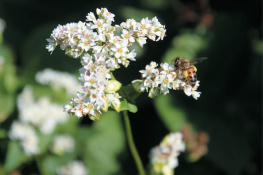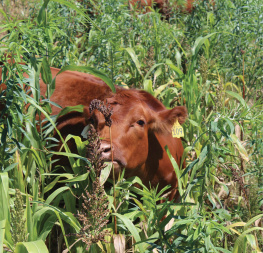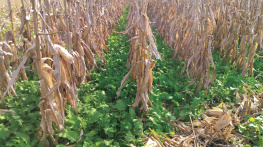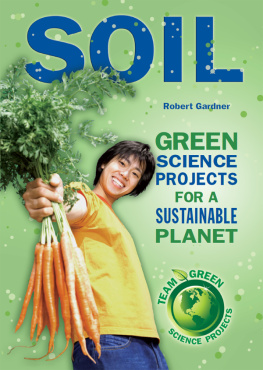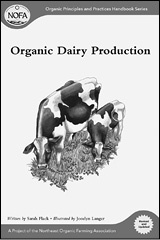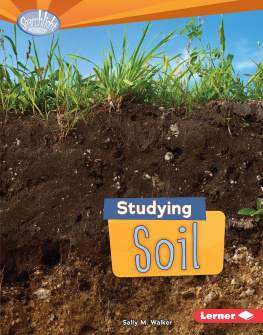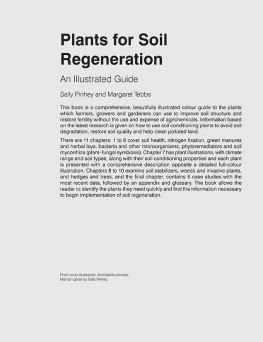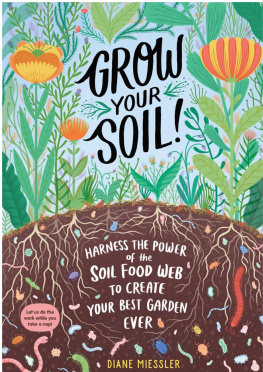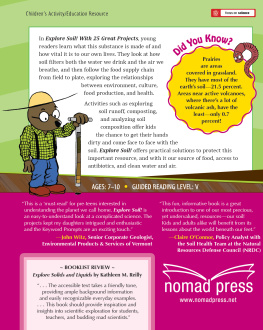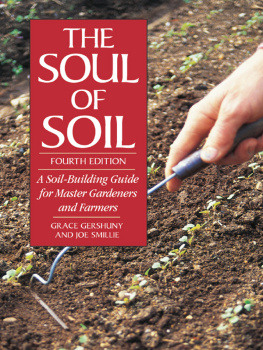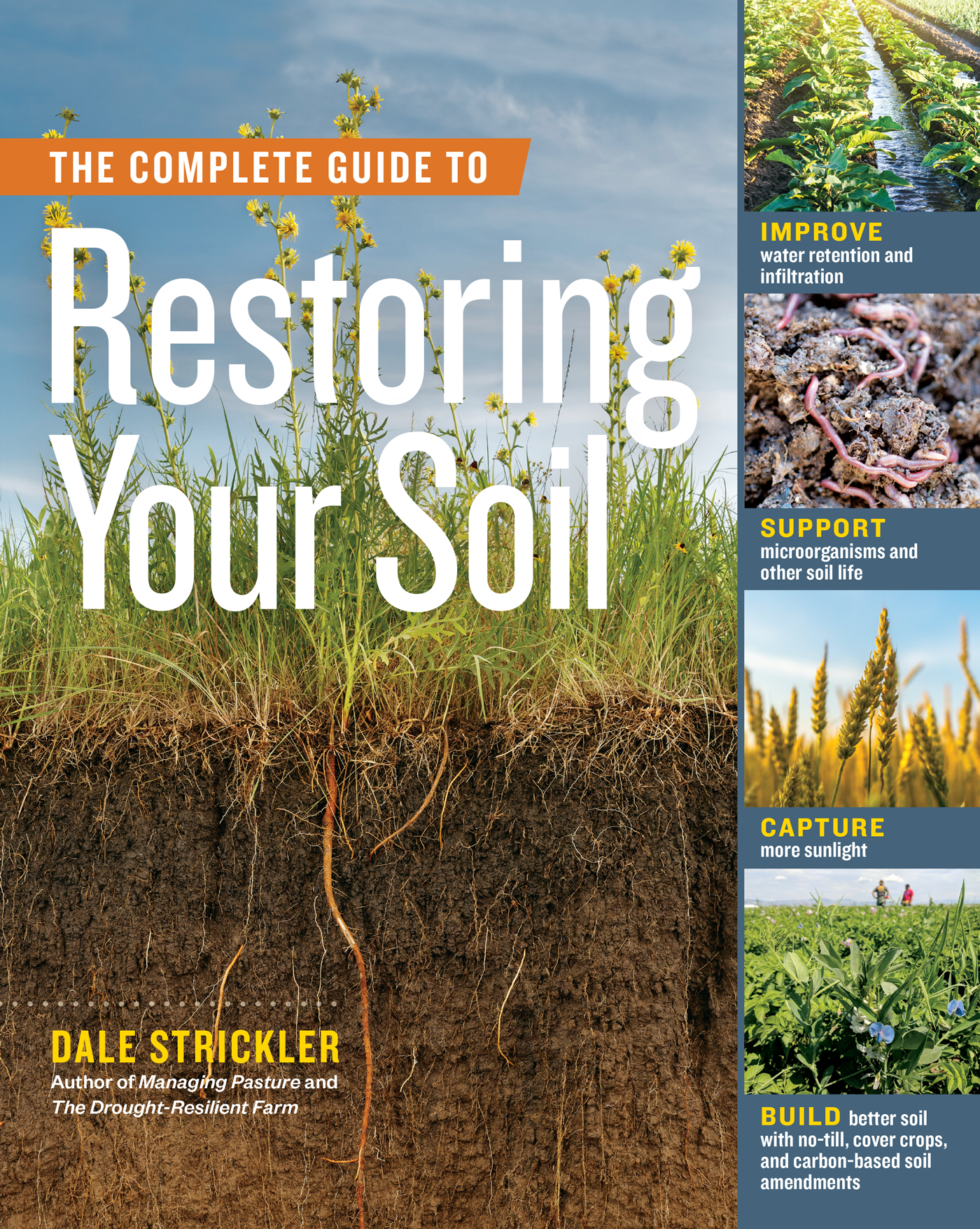The mission of Storey Publishing is to serve our customers by publishing practical information that encourages personal independence in harmony with the environment.
Edited by Deborah Burns
Art direction and book design by Erin Dawson
Indexed by Samantha Miller
Cover photography by / stock.adobe.com , front, t.r.; Ant Rozetsky/Unsplash, front, 3rd fr. t.r.; Brendon Rockey, front, b.r.; Elizabeth Hesterberg, back; Jim Richardson, front, l.; photographyfirm/ stock.adobe.com front, 2nd fr. t.r.; Volodymyr/ stock.adobe.com , spine
Interior photography by Aleksa/stock.adobe.com, fig. 16.3
Illustrations by Steve Sanford, except Michael Gellatly, b.
Text 2021 by Dale Strickler
Ebook production by Slavica A. Walzl
Ebook version 0.0
October 26, 2021
All rights reserved. No part of this book may be reproduced without written permission from the publisher, except by a reviewer who may quote brief passages or reproduce illustrations in a review with appropriate credits; nor may any part of this book be reproduced, stored in a retrieval system, or transmitted in any form or by any meanselectronic, mechanical, photocopying, recording, or otherwithout written permission from the publisher.
The information in this book is true and complete to the best of our knowledge. All recommendations are made without guarantee on the part of the author or Storey Publishing. The author and publisher disclaim any liability in connection with the use of this information.
Storey books are available at special discounts when purchased in bulk for premiums and sales promotions as well as for fund-raising or educational use. Special editions or book excerpts can also be created to specification. For details, please call 800-827-8673, or send an email to .
Storey Publishing
210 MASS MoCA Way
North Adams, MA 01247
storey.com
Library of Congress Cataloging-in-Publication Data on file
To my children, Cole and Cassie, my two greatest creations
Contents
Preface By the Skin of Our Earth
Once, in college, an acquaintance heard me talking about my Soils class. She looked at me, rather puzzled, and asked, You mean they have a whole class on dirt?
As it turns out, theres more to know about dirt than most people realize, including yours truly. When I set out to write this book, I thought I would create the final, authoritative, definitive reference to turning degraded, lifeless dirt into rich, productive soil. After all, I had a couple of degrees in agronomy and had worked with soils all my life, and I thought I knew a little something about the topic.
It wasnt long before that task appeared overwhelmingly large. In my research and reading, I found that there are entire books written about each chapter of this book; in fact, there are entire books written about each sentence in some of these chapters.
For example, in the chapter on carbon-based soil amendments, biochar gets just a brief discussion, but there are huge textbooks written about biochar alone, and there are scientists who specialize in that one topic and write scientific papers I can barely decipher. The same could be written about aerobic composting, or anaerobic composting, or manureall of which are merely parts of one chapter in this book. How in the world could I condense all the knowledge of all those scientific books into one volume?
I also began to feel a bit intellectually challenged. Each of those authors knew far more about their topic than I, obviously, and it would take years of research and investigation on every single element to become sufficiently qualified to write the book I had originally planned. If I were to write that book, it would not be a book; it would have to be volumes of books, and I would not finish them in a single lifetime.
So, midstream, I decided to change my goal from writing the last book on soil restoration to writing the first book on soil restoration that an ordinary person would actually want to read.
My goal now with this book is to offer a starting point from which people can branch out and dig deeper into whichever topics pique their interest the most, and to provide the background and resources to do so. Much of this book will sound like a broken record (for those old enough to remember broken records). The same themes will recur throughout this book. It is not repetition, it is reinforcement.
Dale Strickler
Part I Why Restore Soil?
Man, for all his artistic pretensions, his sophistication, and his many accomplishments, owes his existence to a six-inch layer of topsoil and the fact that it rains, wrote radio commentator Paul Harvey. While those words are quite true, it is also alarming that the precious six-inch layer of topsoil he mentions is all too rapidly becoming less than six inches, and the remaining inches are becoming less productive. Meanwhile, the population of humans that depend on this thin layer for survival is increasing every day.
These two trends seem destined someday to result in quite tragic consequences unless one or both of two drastic measures are taken. One would be the ugly business of human depopulation; the other would be the restoration of our planets soils to a more productive and protected state. Which sounds more appealing?
Soil Salvation
D uring my teen years growing up on the farm, my father one day sent me to till a far-off piece of land, prior to planting. His instruction was that if the soil was too wet I should turn around and come back and we would wait for better conditions. I got there, and it was too wet. I didnt want to make another long, boring tractor trip, so I tilled it anyway.
The next night he called my brother and me in to see him. Boys, he said, it has become apparent that one of you is smarter than the other. He looked at me and said, Dale, thats why you are going to go to college. He then turned to my brother. Jeff, you are going to stay here and farm.
He held out his hand, and in it was a piece of soil from the field I had tilled too wet. It had baked rock-hard in the sun. He hit it once, twice, three times with a ball-peen hammer, and it broke only on the third hit. Then he looked at me again and said, Dale, you arent smart enough to make a living farming this soil, and left the room. (He actually used a different word than soil.)
Our farm had been cursed with some of the worst soil imaginable for cropping. The extremely heavy clay soils of Southeast Kansas were much better suited to making bricks (and in fact, brick- making was an industry in our area). One hundred years of tillage had robbed our land of most of the organic matter and topsoil that had developed during the previous 10,000 years. Although this same tillage and erosion had taken place over most of the United States, the loss of topsoil and organic matter was especially disastrous on our thin claypan soils that had precious little of these assets to begin with.
My fathers words that day were very true. I was a tremendously aggravating farmhand, and my inattentiveness (ADHD, as I was to learn much later) must have been incredibly frustrating. It may seem as though my father was just being mean, but he was also being honest. I wasnt smart enough to manage that soil.

